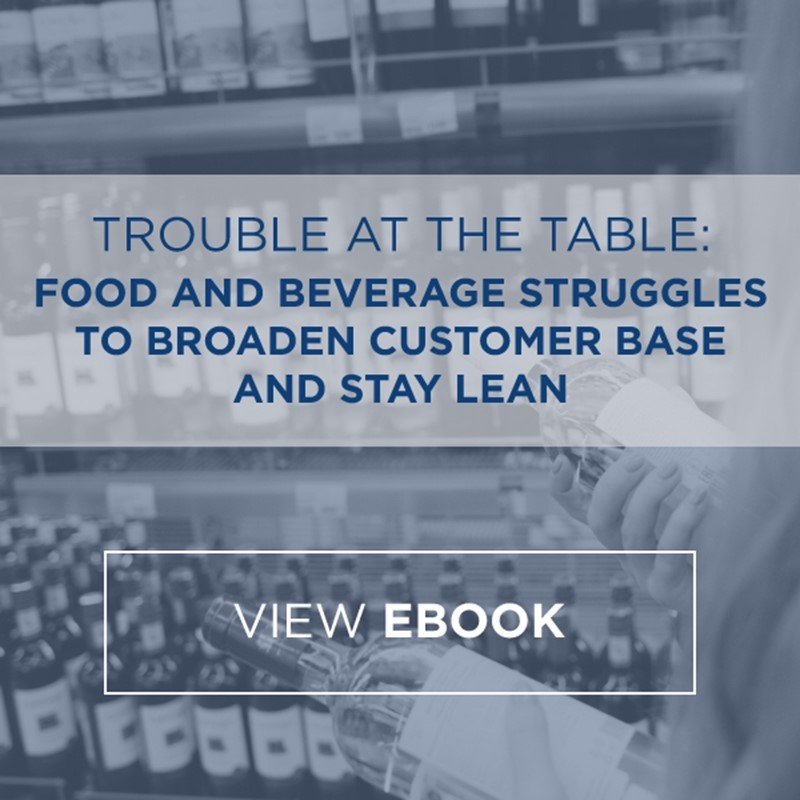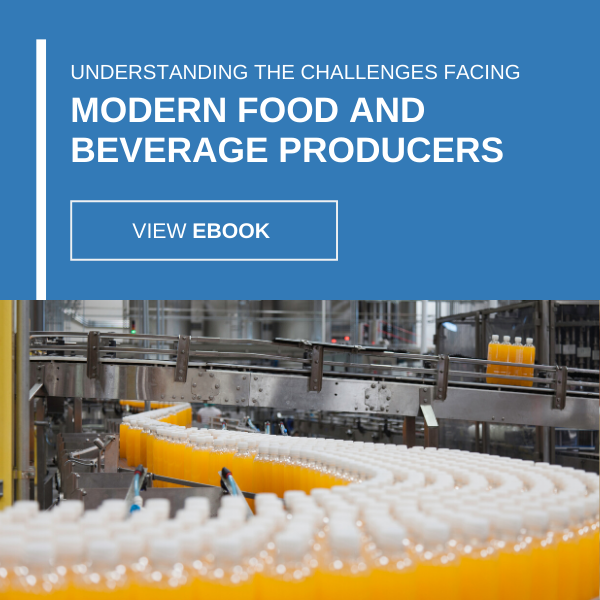-
Subscribe to Blog:
SEARCH THE BLOG
CATEGORIES
- Aerospace
- Asset Maintenance
- Automotive
- Blog
- Building Products
- Case Studies
- Chemical Processing
- Consulting
- Food & Beverage
- Forestry Products
- Hospitals & Healthcare
- Knowledge Transfer
- Lean Manufacturing
- Life Sciences
- Logistics
- Manufacturing
- Material Utilization
- Metals
- Mining
- News
- Office Politics
- Oil & Gas
- Plastics
- Private Equity
- Process Improvement
- Project Management
- Spend Management
- Supply Chain
- Uncategorized
- Utilities
- Whitepapers
BLOG ARCHIVES
- July 2025 (1)
- June 2025 (4)
- May 2025 (1)
- April 2025 (1)
- March 2025 (1)
- February 2025 (4)
- January 2025 (4)
- December 2024 (4)
- November 2024 (2)
- October 2024 (6)
- September 2024 (5)
- August 2024 (5)
- July 2024 (6)
- June 2024 (3)
- May 2024 (3)
- April 2024 (4)
- March 2024 (3)
- February 2024 (4)
- January 2024 (5)
- December 2023 (2)
- November 2023 (1)
- October 2023 (6)
- September 2023 (3)
- August 2023 (4)
- July 2023 (2)
- June 2023 (3)
- May 2023 (7)
- April 2023 (3)
- March 2023 (3)
- February 2023 (5)
- January 2023 (6)
- December 2022 (2)
- November 2022 (5)
- October 2022 (5)
- September 2022 (5)
- August 2022 (6)
- July 2022 (3)
- June 2022 (4)
- May 2022 (5)
- April 2022 (3)
- March 2022 (5)
- February 2022 (4)
- January 2022 (7)
- December 2021 (3)
- November 2021 (5)
- October 2021 (3)
- September 2021 (2)
- August 2021 (6)
- July 2021 (2)
- June 2021 (10)
- May 2021 (4)
- April 2021 (5)
- March 2021 (5)
- February 2021 (3)
- January 2021 (4)
- December 2020 (3)
- November 2020 (3)
- October 2020 (3)
- September 2020 (3)
- August 2020 (4)
- July 2020 (3)
- June 2020 (5)
- May 2020 (3)
- April 2020 (3)
- March 2020 (4)
- February 2020 (4)
- January 2020 (4)
- December 2019 (3)
- November 2019 (2)
- October 2019 (4)
- September 2019 (2)
- August 2019 (4)
- July 2019 (3)
- June 2019 (4)
- May 2019 (2)
- April 2019 (4)
- March 2019 (4)
- February 2019 (5)
- January 2019 (5)
- December 2018 (2)
- November 2018 (2)
- October 2018 (5)
- September 2018 (4)
- August 2018 (3)
- July 2018 (2)
- June 2018 (4)
- May 2018 (3)
- April 2018 (3)
- March 2018 (2)
- February 2018 (2)
- January 2018 (1)
- December 2017 (1)
- November 2017 (2)
- October 2017 (2)
- September 2017 (1)
- August 2017 (2)
- July 2017 (2)
- June 2017 (1)
- April 2017 (3)
- March 2017 (3)
- February 2017 (2)
- January 2017 (2)
- December 2016 (2)
- November 2016 (4)
- October 2016 (4)
- September 2016 (3)
- August 2016 (6)
- July 2016 (4)
- June 2016 (4)
- May 2016 (1)
- April 2016 (3)
- March 2016 (4)
- February 2016 (2)
- January 2016 (4)
- December 2015 (3)
- November 2015 (3)
- October 2015 (1)
- September 2015 (1)
- August 2015 (4)
- July 2015 (6)
- June 2015 (4)
- May 2015 (7)
- April 2015 (6)
- March 2015 (6)
- February 2015 (4)
- January 2015 (3)
CONNECT WITH US
Tag Archives: marketing
Beverage manufacturers, particularly carbonated soft drink makers, will have a lot of big decisions to make in the coming year in order to prevent buzz around their businesses from affecting production.
Although the global nonalcoholic beverage industry has enjoyed steady rises in sales – today totaling more than $800 billion, according to analysis from Dun & Bradstreet – sugary sodas have come under heavy fire as of late. Parents, schools, and health experts have made it their mission to educate young students about modern balanced diets, and bubbly beverages with high added sugar don’t make the cut. Municipal and city governments are also cracking down on consumption by enacting tougher taxes on sugary beverages which puts manufacturers in danger of being priced out of consumer favor.
As soda producers work to regain positive consumer sentiment, however, they cannot ignore these three key points concerning internal operations.
Are you developing your competitive agility?
Complaints regarding the health of soda affect the entire industry. No one is impervious – except the manufacturers who reposition the fastest.
Concentration in the U.S. nonalcoholic beverage industry has reached critical heights, with 90 percent of revenues sopped up by just 50 companies. Every fraction of future market share, therefore, will be hard-fought when earned and particularly painful when lost. Who won’t feel the sting? Those beverage manufacturers that infuse agility into their current change management practices. Adaption isn’t a question anymore – it’s a certainty. To remain competitive, facilities will need the speed and flexibility to respond to shifting consumer perceptions not only now but forever after.
Is marketing aligned with production?
Last summer, the Department of Agriculture finalized regulations restricting food and beverages sold in schools to standards set forth by the agency’s Smart Snacks in School guidelines, which limit sugar content to 35 percent by weight or less. That spells trouble for major beverage manufacturers with profitable vending machine operations.
But regardless of whether individual soft drink manufacturers bend to the will of regulators and legislators banning their goods from schools or choose to protest against them, there’s no denying that a great deal of work must be done with marketing. The efficacy of subsequent campaigns means a great deal to production teams as they struggle to forecast demand in an evolving consumer environment. Developing channels of communication between these often disparate departments will help businesses stay ahead of shifting trends and proactively evaluate messaging.
What will change about your portfolio of products?
As reported by the Daily Mail, Coca-Cola has decided to drop Coke Zero after just over a decade of production in favor of a no-sugar alternative. The drink will debut in Australia later this summer.
Other manufacturers will likely follow suit as more consumer clamor for beverages wholly without sugar and other unappealing additives. But a decision like this is just as much about production limitations that come with an over-varied catalog of goods. Perhaps the greatest challenge facing food and beverage manufacturers today is the widespread inability to align consumer demands with production line capabilities. In other words, the appetite of the customer rarely matches what manufacturers’ plants can do, at least not efficiently. No customer retention strategy is worth having too many products and too paltry a plan to mitigate changeover losses.
So Coke Zero got the ax. Any other soft drink maker designing a new offerings that address concerns over sugar may have to make similar hard decisions about their underperforming products for the sake of simplicity and cost-efficiency.
For more insight on how trends in the food and beverage industry impact manufacturers today, download our e-book, Trouble at the Table.






